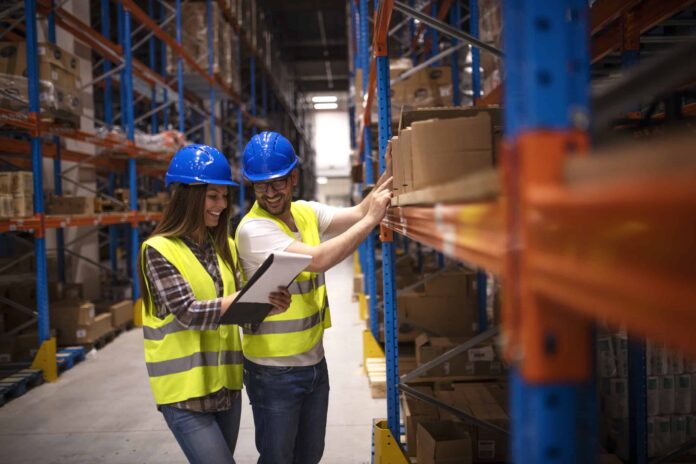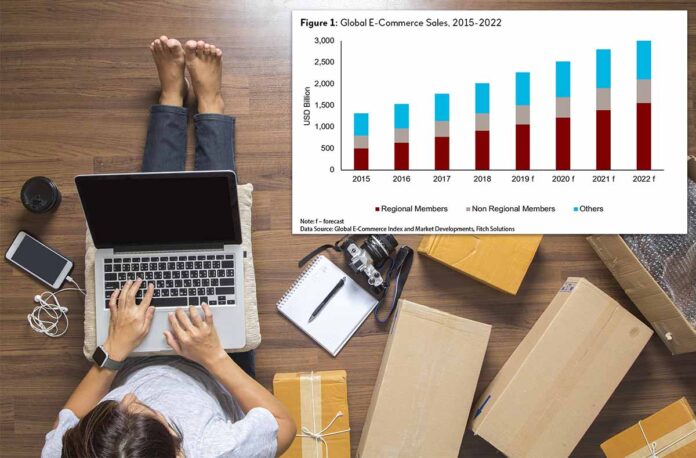E-commerce has revolutionized the retail industry. Both businesses and consumers are enjoying the fruits of e-commerce which has made buying and selling of products much easier. Today, you can easily buy products online and they will be delivered to your doorstep within the agreed timeline.
On the other hand, manufacturers, suppliers, and retailers can also sell their products online and send them to customers. All these have been made possible by an unnoticed aspect of e-commerce – the fulfilment process.
The e-commerce fulfilment process is typically the process of getting or delivering orders to customers. The process includes the journey of goods from the warehouse to the customers’ doorsteps. In this article, we want to highlight the processes and the challenges that slow down the process.
The article will also highlight the role of technology in the process and the need for human intervention to streamline the fulfilment process. Let’s delve into the details.
Warehouse: Where It All Starts
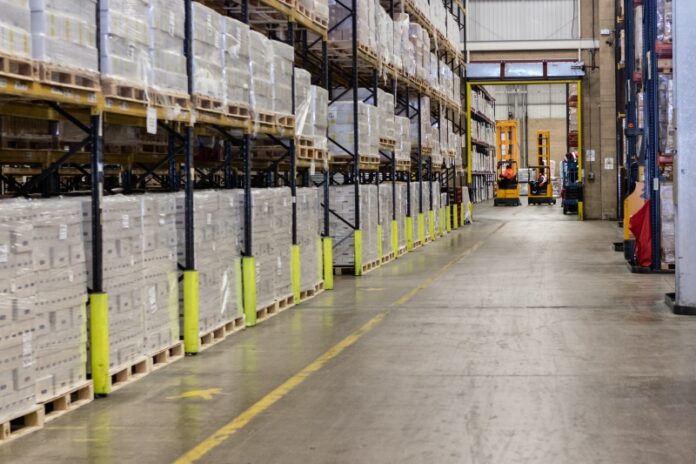
The story starts in the warehouse. Typically, a warehouse is a giant storeroom or a place where businesses store their goods. Warehouses vary in design and conditions. There are some designed to store highly perishable goods, while others store non-perishable items at room temperature. So a warehouse receives goods from suppliers, stores goods, and manages inventory levels. Packing and dispatching goods are also done in the warehouse.
The Nerve Center: Warehousing Management Solutions
Managing operations in the warehouse is never easy. And that is why at the center of all warehouse activities there is a warehouse management system. The software plays a key role in the e-commerce fulfilment process as it processes order information and initiates the process of collecting ordered products from the warehouse cabinets or shelves.
The Storage Place: A Trusted Fulfilment Partner
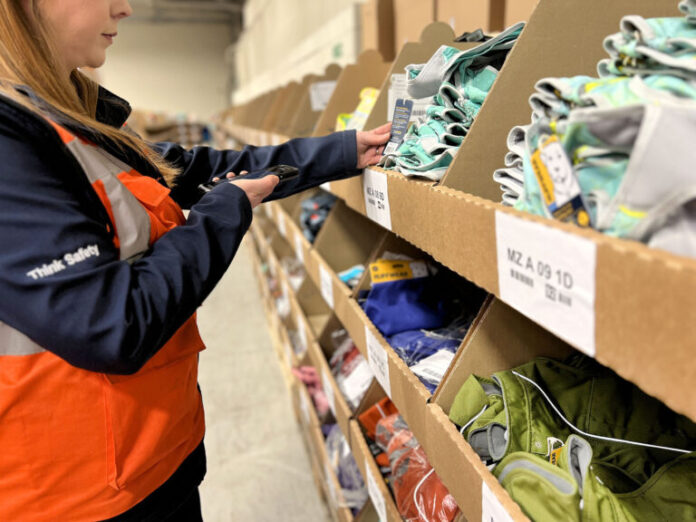
As a reputable UK fulfilment centre, The Storage Place seamlessly integrates storage solutions with comprehensive e-commerce fulfilment services. With expansive warehousing facilities, they cater to the varied needs of manufacturers and businesses, providing more than just space to store goods. The fulfilment center also uses advanced warehousing management systems to streamline complex operations and processes like picking and shipping. As a result, there is high-level accuracy and speed in order fulfilment.
They also have automated solutions and AI for inventory management. In addition to advanced technology, The Storage Place has highly trained and experienced staff. The team handles their tasks diligently to ensure the safe, accurate, and fast delivery of every package. They also manage product returns correctly to ensure customer satisfaction in the end.
The Storage Place is more than a warehouse; it serves as a trusted and dedicated e-commerce fulfilment center that improves the online retail experience for both businesses and customers. Their perfect approach and services add value to the fulfilment journey.
Locating, Collecting, and Packing
Once orders are successfully processed, the next essential steps are locating, collecting, packing, and dispatching the goods. These tasks are completed by warehouse workers or pickers who locate and collect ordered goods from the storage room or warehouse shelves.
The workers may be guided by a device that details the exact location of the products in the warehouse, simplifying the picking and packaging processes. Once the items are collected from the warehouse, they are taken to a packing station where they are properly packed, ready for transit.
Shipping or Delivery: The Crucial ‘Last Mile’
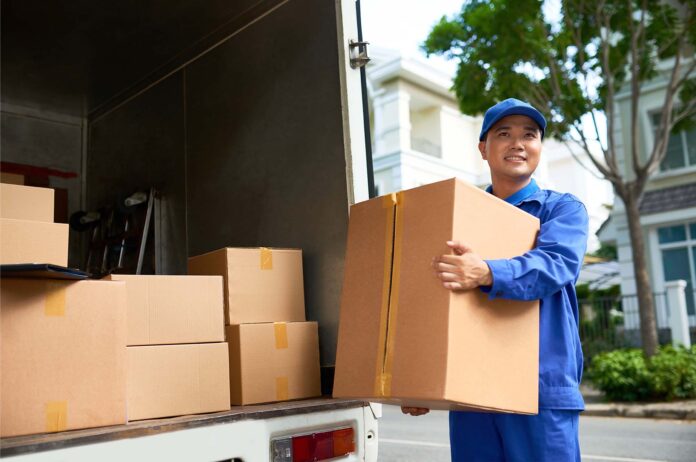
Delivery or shipping is an essential step in the e-commerce fulfilment process. At this phase, the products leave the warehouse and start their journey to the customer location. The seller decides whether to use postal services, dedicated delivery firms, or courier services, depending on the cost and the customer’s location.
Technology: The Catalyst in E-commerce Fulfilment
Technological solutions and advancements have significantly simplified and streamlined the e-commerce fulfilment process. It starts with the use of warehouse management and inventory systems. In addition, some fulfilment centers use drones and robots to assist in the picking and packing processes. They also use GPS tracking and real-time updates to track deliveries and inform customers about their orders.
The Critical Role of Human Intervention in the Process
Technology plays a critical role in e-commerce fulfilment, but humans have a huge role to play in a successful process. For instance, warehouse managers have to supervise warehouse processes and systems. In addition, warehouse workers or pickers have to locate and collect ordered items from the shelves. Humans also package the items properly and are involved in order delivery to customers’ doorsteps.
Managing Returns
Let’s face it – customers return products that are damaged and wrong based on their order details or preferences. So sellers must be ready to handle returns correctly to ensure customer satisfaction. Return items must be logged in the system and inspected for quality/damage. The items should then be restocked or disposed of based on their condition or quality. Customers should get an exchange or refund on time to build a perfect business-customer relationship.
E-commerce Fulfilment: The Journey Matters
E-commerce fulfilment is essential in determining the overall online shopping experience. From the warehouse to the customers’ doorsteps, each package navigates a complex network of logistics. And seamless e-commerce fulfilment is important to simplify and streamline the complex process.
The Challenges Affecting the E-commerce Fulfilment Process
Many challenges affect the journey of goods from the warehouse to the customers’ doorsteps. Managing stock levels is challenging. If poorly managed, it can lead to understocking or overstocking which can lead to lost sales and increased storage costs, respectively. The shipping process has its share of challenges such as incorrect addresses, unavailable customers, and traffic issues, which can lead to delayed deliveries.
The Future of E-commerce Fulfilment
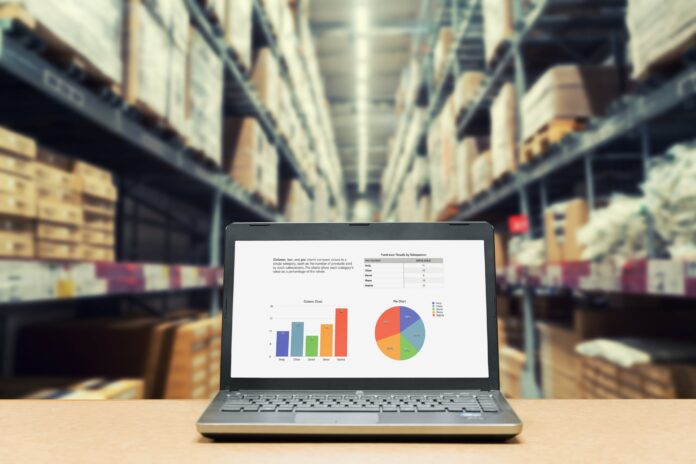
With the continuous emergence of innovative solutions, the future of e-commerce fulfilment looks bright. Drone and robot deliveries, AI-driven demand forecasting, autonomous vehicles, and more advanced warehousing and inventory systems are a few possibilities that could improve the fulfilment process in the future. Thanks to technological advancements, we anticipate more efficient, cost-effective, and customer-focused e-commerce fulfilment.
Conclusion
E-commerce fulfilment is an essential process in the online retail industry. The journey from the warehouse to the customer’s doorstep is a logistical process that immensely contributes to the overall customer experience. So businesses must understand the process and optimize the journey to provide a seamless, efficient, and more enjoyable online shopping experience to customers.
